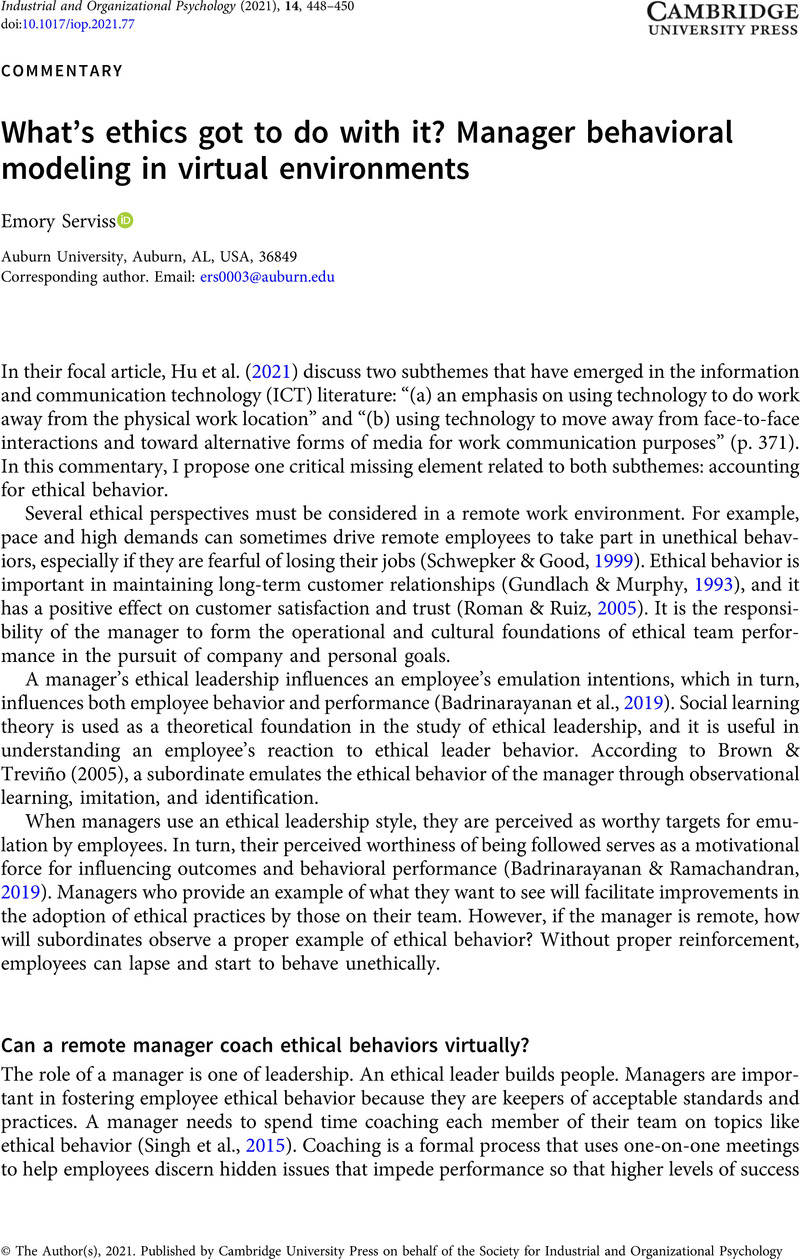Crossref Citations
This article has been cited by the following publications. This list is generated based on data provided by Crossref.
Nordhall, Ola
Kaur, Raman
Törnblom, Linnea
and
Knez, Igor
2024.
Female managers’ organizational leadership during telework: experiences of job demands, control and support.
Frontiers in Psychology,
Vol. 15,
Issue. ,



